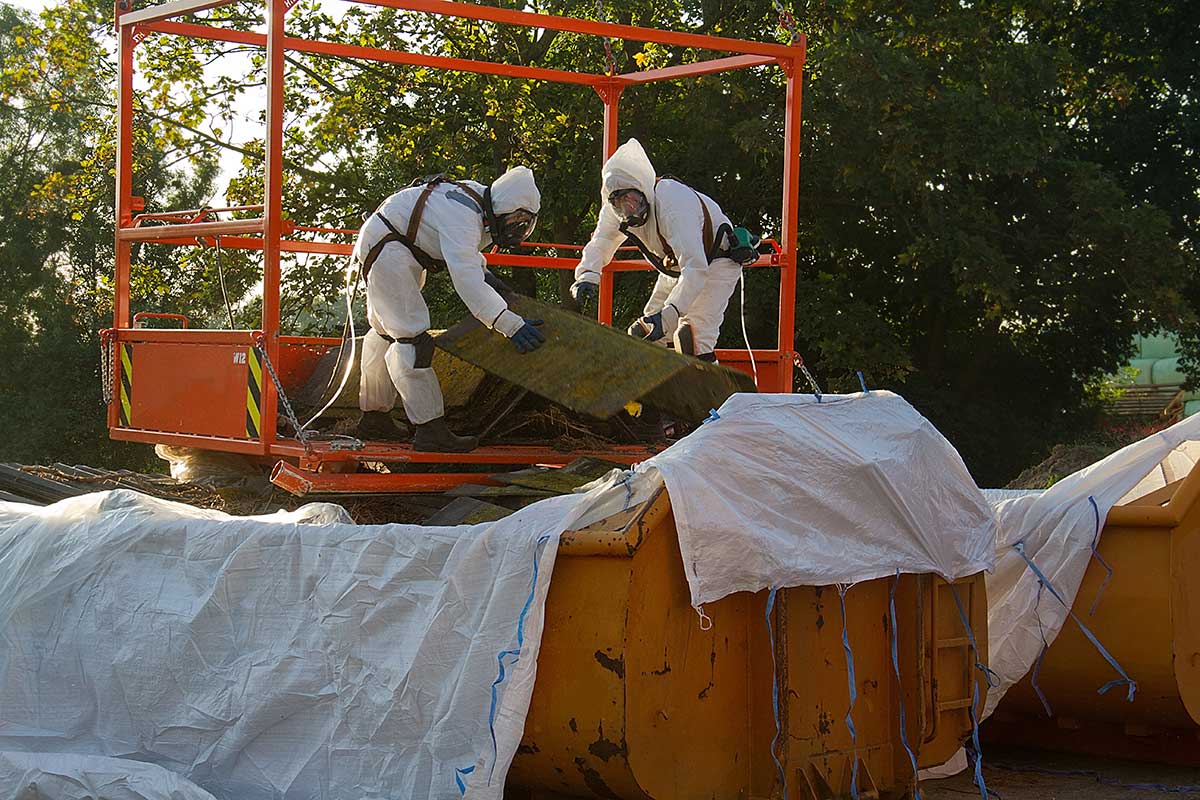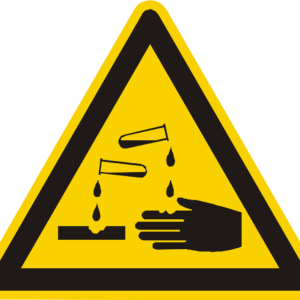Description
Asbestos was once thought to be the perfect material to deal with many construction needs. It’s tough, high-tensile strength and its resistance to heat and chemical stresses were considered great assets. Ore recently, we have learned that the desirable properties can come at a great health cost. Inhaling asbestos fibers can cause disabling and fatal diseases. To protect workers, employers are required to limit employee exposure to asbestos. A Guide to Asbestos for Industry examines how to work around asbestos safely, particularly during abatement procedures. The seriousness of the threat that airborne asbestos poses to workers’ health is also examined.
Asbestos is the generic term for a group of naturally occurring fibrous minerals with high tensile strength, flexibility, and resistance to thermal, chemical and electrical conditions. In the construction industry, asbestos is found in products such as shingles, floor tiles, cement pipes and sheets, roofing felts, insulation, ceiling tiles, fire-resistant drywall, and acoustical products. Very few asbestos-containing products are currently being installed. Consequently, most worker exposures occur during the removal of asbestos and the renovation and maintenance of buildings and structures containing asbestos. Asbestos fibers enter the body by the inhalation or ingestion of airborne particles that become embedded in the tissues of the respiratory or digestive systems. Exposure to asbestos can cause disabling or fatal diseases, such as asbestosis, lung cancer, mesothelioma, and gastrointestinal cancer. The symptoms of these diseases generally do not appear for 20 or more years after initial exposure. OSHA began regulating workplace asbestos exposure in 1970. In1994, OSHA issued a revised final standard halving the Permissible Exposure Limit (PEL) to 0.1 fibers per cubic centimeter of air (f/cc). Approximately 3.2 million workers in construction, building renovation, and maintenance and custodial1 work in buildings and industrial facilities are affected by the standard. OSHA estimates that about 42 additional cancer deaths per year will be avoided in all industries by implementation of the revised standard.
This course includes a multiple-choice quiz at the end and is intended to provide 3 hours of professional development.
LEARNING OBJECTIVES
At the conclusion of this course, the student will have been introduced to the following:
- Class I, Class II, Class III and Class IV asbestos work classification
- Asbestos-regulated areas of construction and industry
- Permissible Exposure Limit (PEL)
- Exposure assessment and monitoring
- Medical surveillance programs
- Competent Person Requirements
- The proper use of a regulated area
- The proper notification requirements
- Various methods of compliance
- Important facts about asbestos








